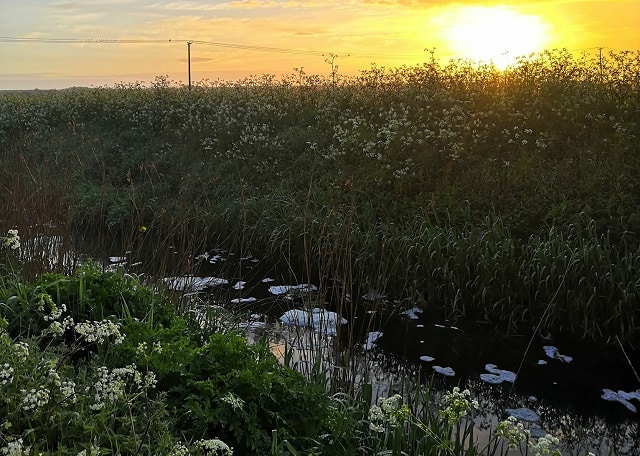
A statutory public consultation is scheduled to take place from next month over National Grid plans to build a 60,000 square metre (6 hectares) onshore converter station at Minster marshes in the Stour Valley, which campaigners say will have a huge impact on the area’s wildlife.
The Sea Link project involves creating a subsea electricity cable between Suffolk and Kent which National Grid says will help deliver the UK’s energy security strategy and net zero targets.
The proposals outline a preferred route of 10km of onshore and 140km of undersea cables, together with potential landfall and converter station locations at Friston substation in Suffolk and at Richborough.
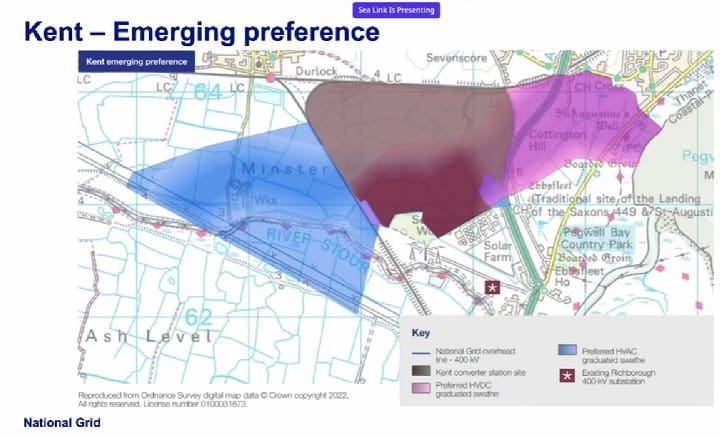
National Grid’s preferred route runs from a landfall in Pegwell Bay to a proposed converter station site and high voltage pylons over the land to the south of Minster.
A non-statutory consultation on the plans took place last year with public consultation dates due to be announced soon.
Conservation enthusiasts say development at the Stour Valley and Minster marshes area will have a massive impact on wildlife.

Nik Mitchell, from Wildlife Conservation in Thanet, said: “The Stour Valley is one of the most important places for wildlife in the whole of Kent and I cannot emphasise that enough. the area planed for the converter station is full of rare fauna, flora and fungi.
“It won’t just be the footprint of the converter station that impacts on the area it will be all the infrastructure required for it, such as roads, lighting, and overhead power lines.

“The buildings will be destroying and covering the habitat in hardstanding and the power lines are a permanent bird strike hazard.
“We are all well aware that our grid needs significant upgrades and will help us get to carbon neutral but what they want to build and where they want to build it would lead to a big loss and have a big impact on our environment.
“We really must protect our Stour Valley. It’s already under pressure from pollution and intensive farming. We have many extremely rare birds, mammals and reptiles there. We even have turtle dove there and they are the fastest-declining bird in the UK.
“We also have nightingale, all species of our native owls, peregrine falcon, ravens, grass snakes, lizards, slow worms, newts, bats, brown hare and many special plants too. This area is special and it’s my favourite place to go and surround myself in what’s left of nature.”
The area is next to a site of special scientific interest and an important site for over-wintering birds which get driven off Pegwell and Sandwich bay at high tide and by bad weather. There are scores of bird species including jack snipes, skylarks, woodcock, breeding turtle doves, black stork, common crane, curlews and many more.

Ramsgate birdwatcher and wildlife guide Keith Ross says the project will create disturbance on a vital wildlife corridor.
He said: “(When) I walk through Pegwell Bay Nature Reserve the amount of disturbance from people and dog walkers ignoring the restricted areas, especially Shellness Point, is often depressing.
“Seeking some peace and quiet I often head off towards Minster Marshes, a place where I rarely bump into a living soul. I listen to the sound of Skylarks with a background chorus of piledrivers coming from the land where the old Richborough Power station once was -now home to the National Grid ‘Nemo Link’ electrical interconnector facility with more expansion on the way.
“At the far end of this land is the now abandoned Richborough Nature Reserve. Abandoned by humans but not by nature. Marsh Harriers, Kestrels and Ravens breed here. In the Summer Turtle Doves, Cuckoo and Nightingale still sing. Peregrine Falcons and Barn Owls hunt here.
“Now National Grid plan to build a new converter site in the area taking up more land and creating more disturbance on what is a vital wildlife corridor between Pegwell Bay, Minster marshes and the Ash levels across the River Stour.
“I’m thankful that I have seen the amazing wildlife here but I fear that future generations will inherit a much poorer natural world.”
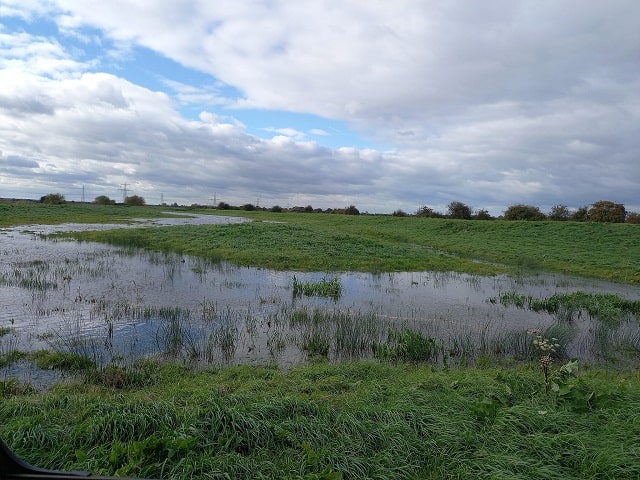
George Cooper, who is a gamekeeper at Abbey Farm which is alongside Minster marshes, says the overhead pylons will cause damage to wildlife and he fears the National Grid project will expand.
The 62-year-old said: “If National Grid get permission to build the station then I think it will be the thin end of the wedge and they will then want battery storage and more development.
“My main worry is not the farm but the pylons that will go across the area. I have seen the devastation they can cause and over the years I have rescued a number of mute swans that have been injured after hitting them.”
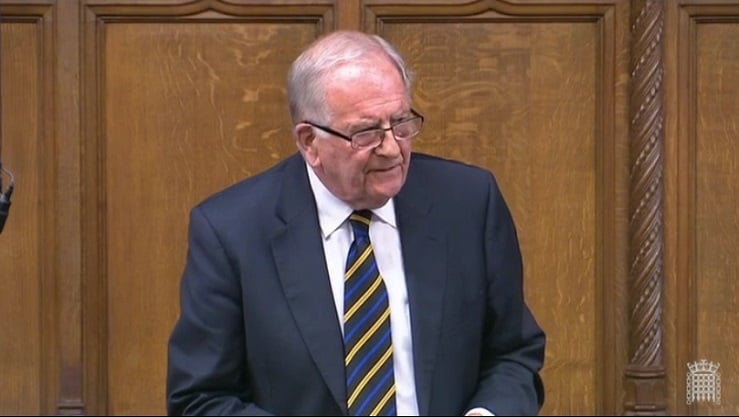
In a letter to the Secretary of State North Thanet MP Sir Roger Gale says the Nemo Link – also at Richborough – “has proved an environmental disaster.” He adds: “National Grid is now proposing a Sea Link project which is anything but a sea link and reliant very heavily upon not only the installation of a massive transformer station on or adjacent to SSSI….but also then to the installation of further (rather than duplicating use) pylons across east Kent.
“This is a cheapskate and unnecessary approach.”

Converter stations contain specialist electrical equipment; some must be located indoors in buildings, potentially up to 30m tall, while some could be outdoors or in smaller buildings. The total footprint of the converter station is approximately 6 hectares but additional land will be needed during construction.
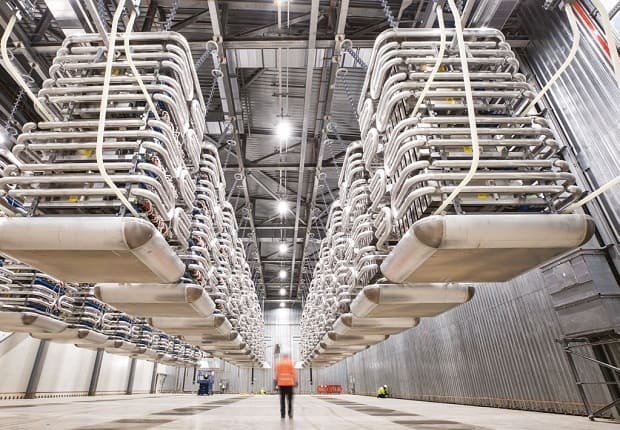
National Grid says it is necessary to carry out works to upgrade the network. The firm says: “We are at the initial development stage of our Sea Link project which seeks to reinforce and strengthen the network between Friston in Suffolk and Richborough in Kent to carry renewable and low carbon power to homes and businesses.
“We developed much of the existing network in East Anglia and Kent in the 1960s and it does not have sufficient capacity to carry future renewable and low carbon power that’s forecasted to connect to the network – from offshore wind, interconnectors and nuclear power.
“We need to upgrade the electricity network to carry this extra power.”

National Grid says it has “been unable to find any brownfield sites within the Converter Station Option Area that are suitable for the infrastructure proposed.
“All existing National Grid substations in the area are already at capacity or do not have the space around them to allow the connection required by this project.”
Sea Link includes:
- Two HVDC converter stations, one in Kent and one in Suffolk
- Approximately 140 km of underground and subsea electricity cables between these two stations
- An underground cable connection to the proposed Friston substation in Suffolk
- An underground cable or overhead line connection to the existing Richborough to Canterbury overhead line in Kent
National Grid say: “We will carry out a full Environmental Assessment to consider any potential impacts and how best to mitigate or reduce them. The proposals will be fully compliant with the Infrastructure Planning (Environmental Impact Assessment) Regulations 2017 (the EIA Regulations). This means we have a legal duty to carry out a full environmental impact assessment which will be made available at nationalgrid.com/Sealink.
“At our statutory consultation in 2023 we will present a Preliminary Environmental Information Report (PEIR) summarising the likely impacts and potential mitigation measures. Stakeholders will have the opportunity to comment on the PEIR and make relevant representations to the Examining Authority (Planning Inspectorate – PINS) and members of the public are able to comment via the feedback process during consultation.
“In 2024, the full Environmental Statement (ES) will be submitted with the DCO application.
“To date, we have submitted the scoping report to the Examining Authority and have received their opinion. Our environmental specialists are currently reviewing the response to be able to proceed and produce the PEIR. All scoping documentation is available on the PINS website.”
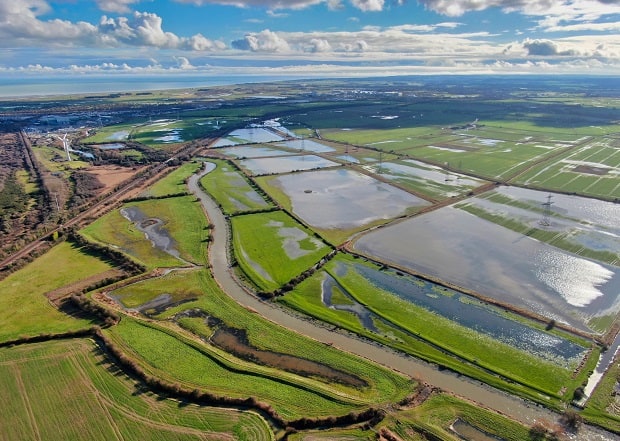
The Secretary of State is expected to make a decision in 2025 with construction then taking place, if granted, between 2026 and 2030.
A campaign page Save Minster Marshes has been set up by George Cooper on facebook for those who want to fight the proposals.
Find Save Minster Marshes here
Find the National Grid plans on its website here and on the Planning Inspectorate site here
View a virtual exhibition of the proposals here
National Grid project to include electricity converter station at Minster marshes
Help us to continue bringing you Thanet news with a donation towards our running costs https://www.paypal.com/donate/?hosted_button_id=YF7BH2EF4UG2N

